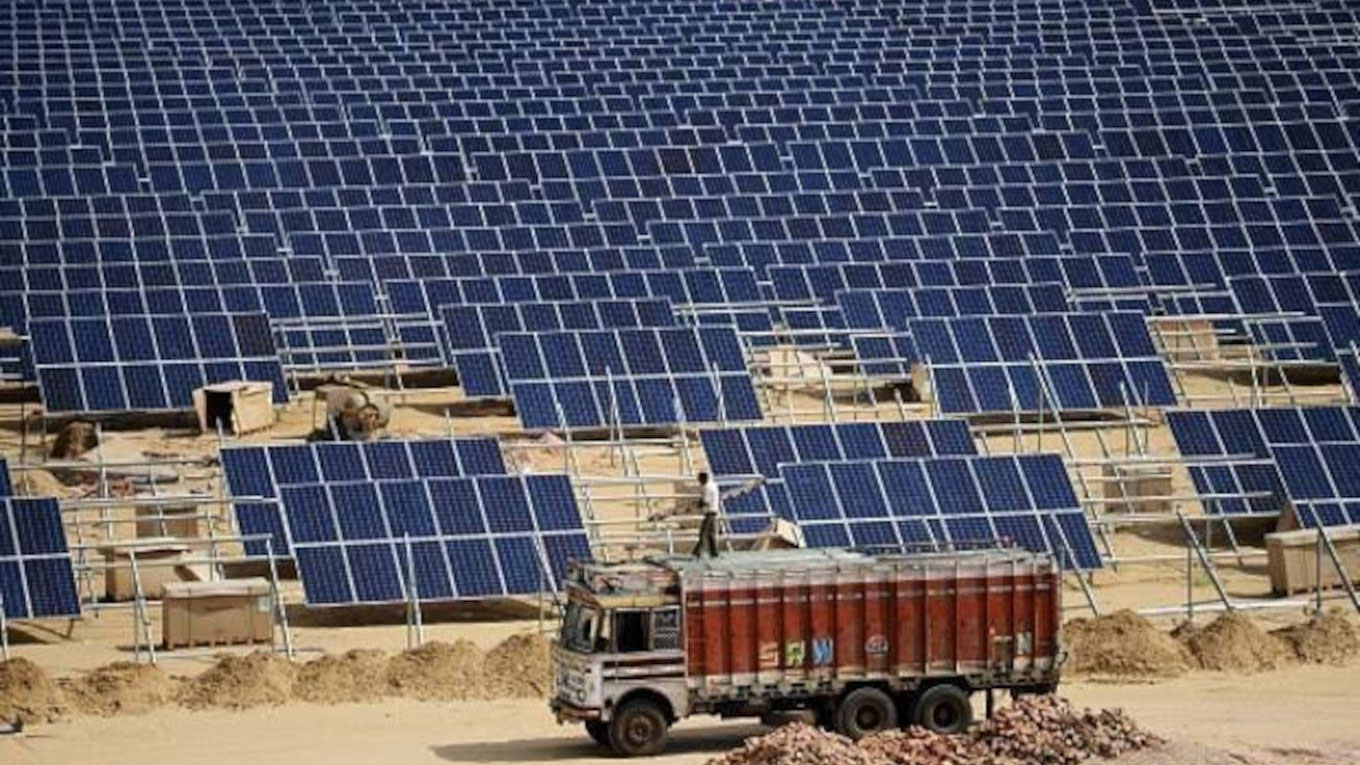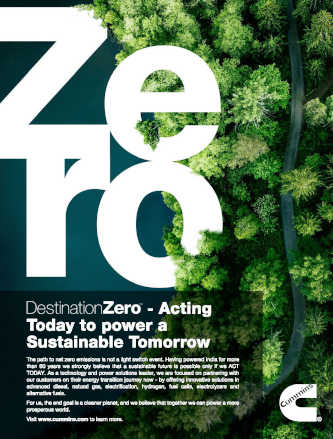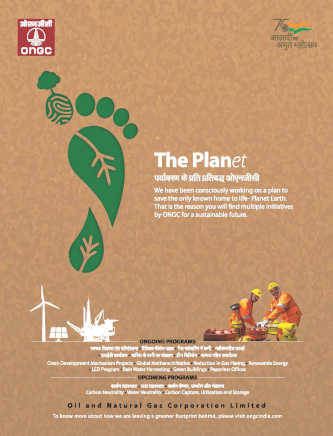Rajasthan is a renewable energy leader in India, according to an expert research analyst: it had a total of 9.6 gigawatts (GW) of capacity installed at the end of the last financial year. “It also added more solar power capacity, 1.7 GigaWatts, in FY 2019-20 than any other state,” Kashish Shah of the Institute for Energy Economics and Financial Analysis (IEEFA) said while participating in an energy dialogue organised by Urja. “Karnataka with 1.4GW was next, followed by Tamil Nadu with 1.3GW.”
Home to the world’s largest operational utility-scale solar park in Bhadla, Rajasthan has renewable energy forming 43.5 per cent of its total installed capacity and 18 per cent of its total on-grid generation in the year. The state is attracting ‘massive’ ongoing new investment in renewables and supporting grid infrastructure, as well as associated manufacturing opportunities. The dialogues, Urja Samvaad, are an effort by CUTS (Consumer Unity & Trust Society) International to bridge the gap between policy makers and other stakeholders of the state’s energy sector, providing them with a common platform for quarterly conversations to discuss challenges and opportunities for creating sustainable and impactful policies.
The report from the dialogue, An Opportunity To Power a Green Recovery, models the state’s generation mix out to FY 2029-30. “Accounting for India’s economic slowdown in FY 2019-20, exacerbated by the Covid-19 pandemic in 2020-21, we project Rajasthan’s electricity production requirements to grow by just 42 per cent over the next decade, from 81 TWh to 115 TWh,” it says. This growth rate, it points out, is well below any forecasts set even two years ago.
-

Solar power installations are slated to go up by 18 GW in the next decade























